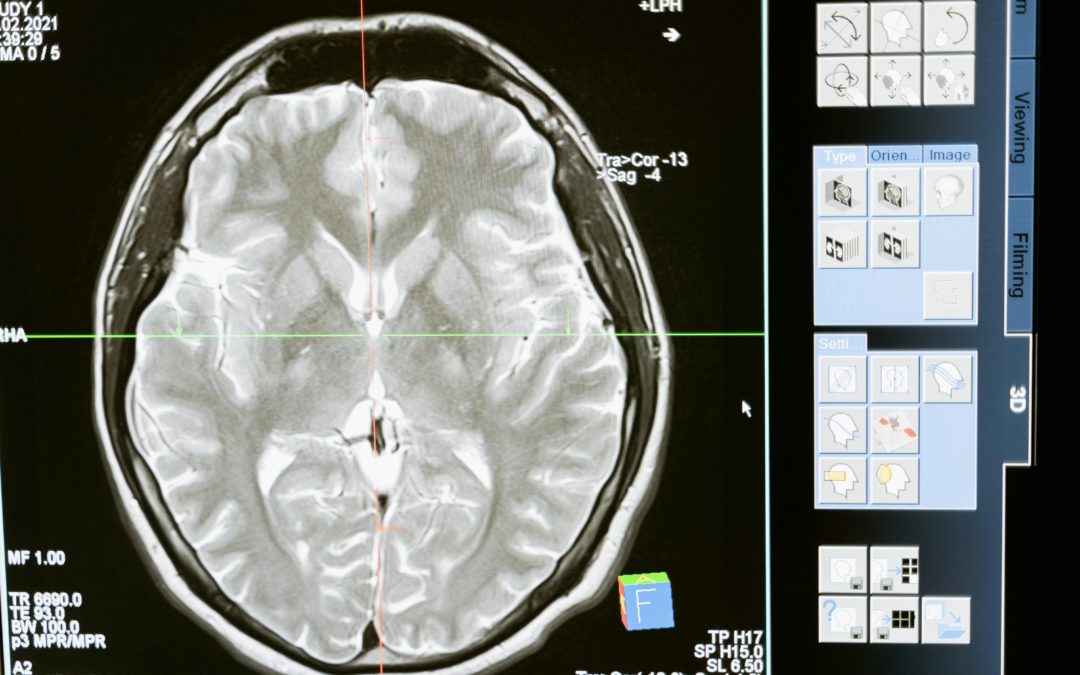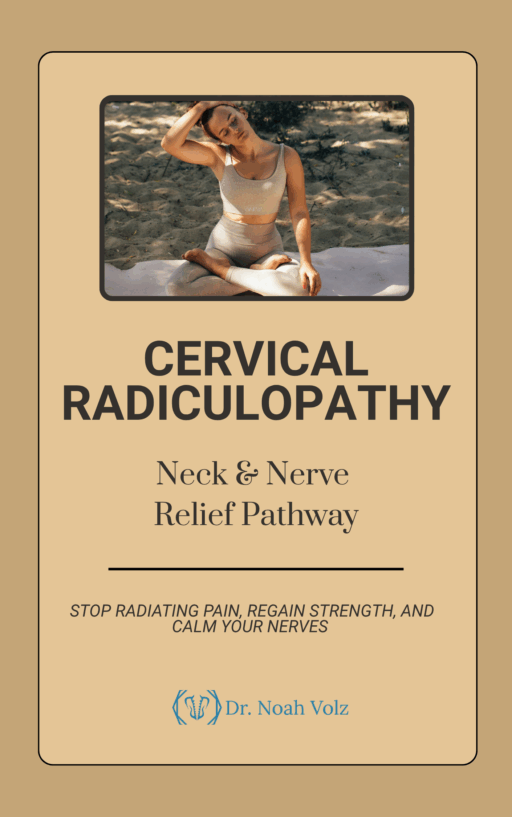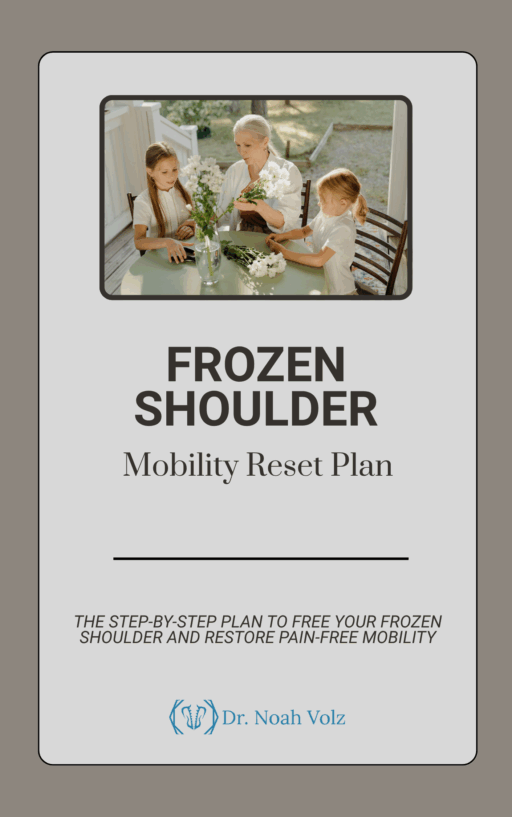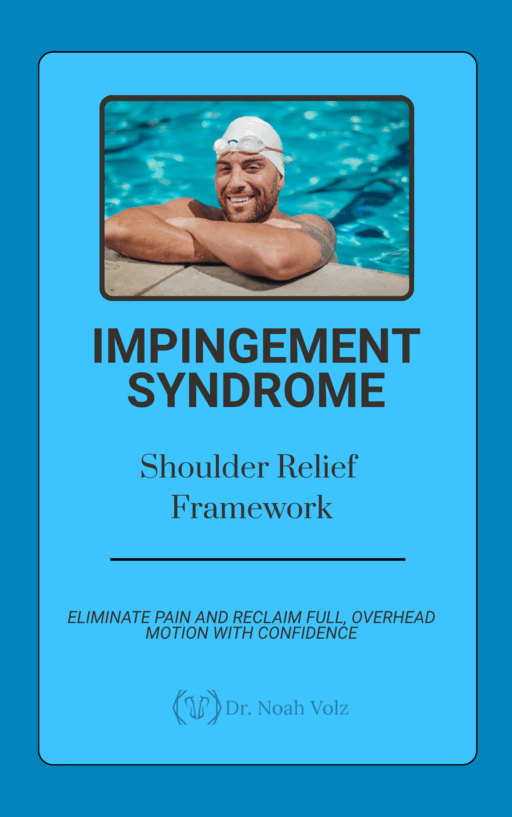Shocking Results: Chronic Pain Ages the Brain by Up to 20 Years
As a chiropractor in Ashland, Oregon, I’m always seeking to better understand the far-reaching impacts of chronic pain on our patients’ overall health and wellbeing. A fascinating study published in the Journal of Neuroscience sheds new light on how chronic back pain can actually lead to concerning changes in the brain over time (Apkarian et al., 2004).
The study, conducted by a team led by Dr. A. Vania Apkarian, compared MRI brain scans of 26 chronic back pain patients to 26 healthy controls matched for age and gender. Using sophisticated analysis techniques, they discovered that the chronic pain sufferers had 5-11% less neocortical gray matter volume than the control subjects. Remarkably, this amount of brain shrinkage is equivalent to the gray matter volume typically lost in 10-20 years of normal aging (Apkarian et al., 2004)!
Duration of Chronic Back Pain Directly Impacts Brain Gray Matter Loss
Moreover, the researchers found that the extent of gray matter loss was directly related to the duration of chronic pain, with an average of 1.3 cubic centimeters of gray matter volume lost for every year of living with persistent back pain (Apkarian et al., 2004). This means that the longer a person has chronic pain, the more extensive the impact on his or her brain.
Key Brain Regions for Pain Processing Most Affected by Chronic Back Pain
When examining specific regions, the areas most affected were the dorsolateral prefrontal cortex (DLPFC) and the right thalamus – key regions involved in pain processing and modulation (Lorenz et al., 2003; Apkarian et al., 2004). Patients with neuropathic back pain (radiating nerve pain) had even more dramatic decreases in DLPFC gray matter density compared to those with non-neuropathic pain (Apkarian et al., 2004).
What Brain Atrophy Means for Chronic Back Pain Sufferers
So what do these findings really mean for chronic back pain sufferers? The study authors propose that as this gray matter atrophy progresses, the pain may become more entrenched, less responsive to treatment, and potentially irreversible if allowed to persist long-term (Apkarian et al., 2004). The brain changes themselves may begin to drive the ongoing perception of pain (Baliki et al., 2011).
Chiropractic Care in Ashland, OR: A Proactive Approach to Prevent Brain Changes
As sobering as this is, I believe these discoveries further emphasize the importance of addressing chronic back pain early and comprehensively to limit the cascading effects on the brain and entire nervous system. This is where skilled chiropractic care can be incredibly valuable.
In my experience providing chiropractic care in Ashland, a multi-pronged approach targeting spinal alignment, joint mobility, muscle function, and overall nervous system balance helps prevent or slow this gray matter atrophy process. Precise chiropractic adjustments to restore proper spinal alignment and mobility can take pressure off compressed nerves and allow normalized input to the brain (Haavik and Murphy, 2012).
Comprehensive Chiropractic Treatment for Chronic Back Pain Relief
Targeted soft tissue work and prescribed exercises further help reduce pain signaling from peripheral tissues. Postural coaching, ergonomic modifications, stress management techniques, and nutrition also play key roles in calming an overactive pain-perceiving nervous system.
Don’t Wait: Seek Proactive Chiropractic Care for Chronic Back Pain in Ashland
While there is still much to learn about the brain changes associated with chronic pain, this study highlights why a “wait and see” approach is not advisable. Proactive conservative care, including chiropractic, should be the first line of defense to halt or reverse gray matter loss and prevent a chronically sensitized nervous system.
If you are dealing with persistent back pain in the Ashland area, don’t wait until these concerning brain changes take hold. Partner with a knowledgeable chiropractor to address the root causes of your pain and build a more resilient nervous system to carry you through a lifetime. Your brain will thank you!
References:
Apkarian, A. V., Sosa, Y., Sonty, S., Levy, R. M., Harden, R. N., Parrish, T. B., & Gitelman, D. R. (2004). Chronic back pain is associated with decreased prefrontal and thalamic gray matter density. Journal of Neuroscience, 24(46), 10410-10415.
Baliki, M. N., Schnitzer, T. J., Bauer, W. R., & Apkarian, A. V. (2011). Brain morphological signatures for chronic pain. PLoS One, 6(10), e26010.
Haavik, H., & Murphy, B. (2012). The role of spinal manipulation in addressing disordered sensorimotor integration and altered motor control. Journal of Electromyography and Kinesiology, 22(5), 768-776.
Lorenz, J., Minoshima, S., & Casey, K. L. (2003). Keeping pain out of mind: the role of the dorsolateral prefrontal cortex in pain modulation. Brain, 126(5), 1079-1091.
Want to know what kind of back pain you have?
-

Bicep Tendon Pain Solution
$50.00 -

Brain Detoxification & Recovery System
$50.00 -

Brain Energy and Endurance Support System
$50.00 -

Brain-Based Movement and Motor Control Training
$50.00 -

Centralized Low Back Pain
$50.00 -

Cervical Radiculopathy: Neck and Nerve Relief Pathway
$50.00 -

Complex Low Back Pain
$50.00 -

Complex Radiating Low Back Pain
$50.00 -

Cross-Pattern Low Back Pain
$50.00 -

Frozen Shoulder Mobility Reset Plan
$50.00 -

Impingement Syndrome: Shoulder Relief Framework
$50.00 -

Mastering Brain Senses: Rebuild Your Hearing, Vision, and Body Awareness
$50.00













